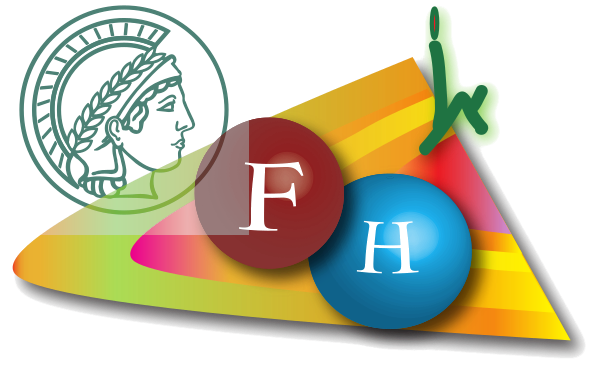
New frontiers in thermoelectric materials design for waste heat harvesting
Yaron Amouyal, Technion - Israel Institute of Technology
Thursday, December 29, 2022, 11:00 AM, Los Angeles Seminar Room
Abstract: Thermoelectric (TE) technology can convert waste heat into useful electrical power, thereby providing appropriate solutions for sustainable and clean energy demands. In this context, one of the most significant challenges today is developing inexpensive materials with improved conversion efficiency and chemical stability that sustain adequately high temperatures. What hinders application of such TE devices in extensively commercial usage, such as vehicles, is probably their limited commercial viability and thermal stability; this restricts their utilization to relatively specific niches such as power generation for deep space missions.
The Technion Thermoelectric Materials Research Group focuses on two classes of bulk TE materials, namely chalcogenide and metal-oxide based compounds; whereas the first one provides solutions for highly-efficient energy conversion at the mid-range temperatures, the second one is characterized by high chemical stability and inexpensive energy conversion at elevated temperatures.
In this talk we will introduce strategies to develop TE materials with improved properties, which are based on experimental procedures mostly, incl. materials synthesis, TE transport property measurements, and high-resolution electron microscopy, and are supplemented by density
functional theory (DFT) calculations. We will show how controlled nucleation and growth of second-phase precipitates in PbTe-based compounds result in scattering of heat-carrying phonons, thereby reducing thermal conductivity and improving TE performance. Evaluation of the growth and coarsening rates of Ag-rich precipitates in PbTe requires quantitative information on the bulk diffusion of Ag in PbTe-matrix. To this end, we apply DFT calculations of the Ag-diffusant’s vibrational frequencies and its activation energy for diffusion, which enables us to derive the temperature-dependent diffusion coefficients. Furthermore, DFT calculations of point defect energies, electronic density of states, and spatial charge distribution indicate that interstitial diffusion is the governing mechanism, and is preferred compared to the vacancy mechanism. We will also show how selective doping of CaO(CaMnO 3 ) m -based compounds at preferred lattice sites enables us manipulating the energy barriers for charge carrier transport, thereby enhancing their TE power factor.
These two selected case studies exemplify the use of computational tools to address fundamental materials-science oriented issues that are involved in the design of TE materials.

